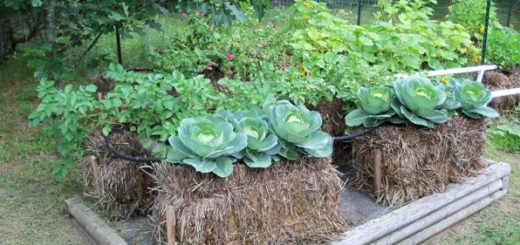Invite Monarch Butterflies to your Garden
Attracting monarch butterflies to your garden can be a fun and fulfilling hobby for your family. It’s always a thrill to see these orange-and-black beauties flitting around your flowers to fuel up on nectar during the summer. It can be even more exciting to watch their tiny caterpillars hatch on milkweed and grow a little bigger every day until they make their green cocoons, dotted with gold. If you’re extra lucky, you might happen to be there when the new adult butterfly emerges a couple of weeks later and takes its first flight.
A monarch’s life is a story of enormous transformation. They start as an egg on a milkweed plant, and within a few days they emerge as a ravenous caterpillar. After 10-14 days of munching on milkweed leaves, the monarch forms a chrysalis. Over the next two weeks it undergoes a radical reorganization of its tissues, ultimately tearing free from its confinement as an adult monarch butterfly. It hangs around the yard for a while, getting ready to fly, and then off it goes! If it hatched in the summer, it may live for another 2-5 weeks. In early fall, the final generation of monarchs has a special job: to migrate. This special generation may live up to 8 months.
Planting milkweed remains the best thing that a gardener can do to help monarchs. It is the most essential building block of a proper monarch habitat; it’s where the butterflies lay their eggs and the only thing that the caterpillars will eat. Native species of milkweed are always best because that’s what monarchs would be naturally seeking as they migrate through your area. Many nurseries carry native milkweed, buy several though, as those little caterpillars will eat a lot!
Fewer than one out of every 10 monarch eggs will survive to become an adult butterfly. Monarchs and caterpillars have many natural enemies. Predators such as spiders and fire ants kill and eat monarch eggs and caterpillars. Some birds and wasps feed on adult butterflies. For protection, place a mesh fabric over the top of your plants to protect the chrysalis from its enemies. Or just bring the whole plant into the house until the butterfly emerges, then put it back outside for him or her to prepare for the freedom flight!
Monarch butterflies are always looking for food. Some plants that provide plenty of nectar include lantana, echinacea, flowering sages, verbena, rudbeckia, and yarrow. And, of course, milkweed. Creating a place for monarchs to live their life cycle is a rewarding hobby for the whole family. You can set up a chart in the house to keep track of butterflies, and at the end of the season you will be surprised at how many monarch butterflies started their life in your garden! Go to the nursery, get your milkweed, and get started on your new butterfly hobby!







